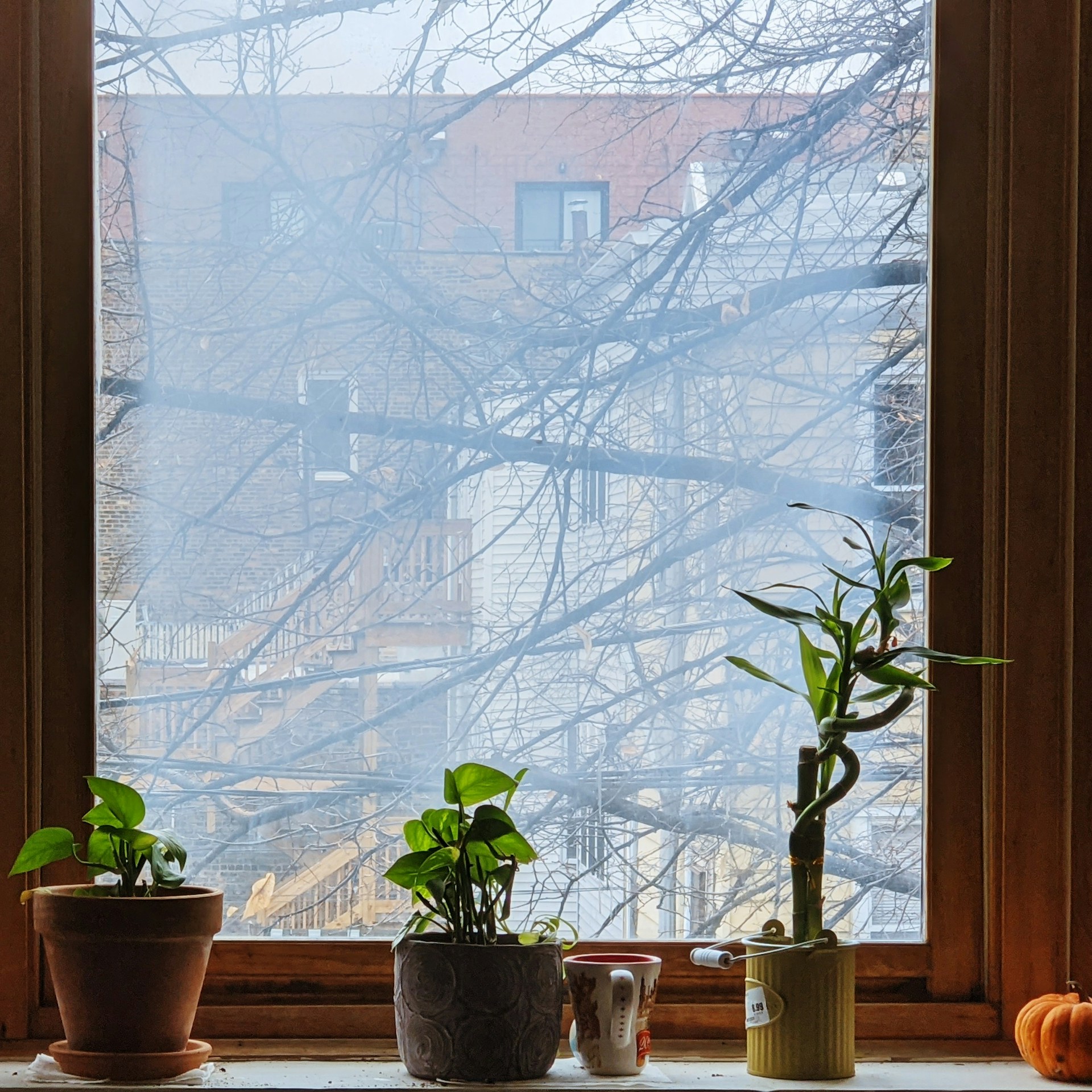Media release
From:
The State of Indoor Air in Australia 2025 report, led by QUT’s ARC Training Centre for Advanced Building Systems Against Airborne Infection Transmission (THRIVE), highlights the health, wellbeing and economic risks posed by poor indoor air quality across homes, workplaces, schools, hospitals and public buildings.
The report, written by Associate Professor Wendy Miller and THRIVE director Distinguished Professor Lidia Morawska, both from QUT’s School of Earth and Atmospheric Sciences, analysed 106 peer-reviewed studies involving data from more than 2,500 buildings - less than 0.03 per cent of Australia’s building stock - and found widespread variations in monitored pollutant concentrations.
Associate Professor Miller said translating evidence into policy and practice was challenging in the absence of data about the status of air inside Australian buildings.
“This report acts as a baseline for indoor air quality and as a catalyst for multi-jurisdictional and transdisciplinary discussion that leads to a national strategy,” Professor Miller said.
Professor Lidia Morawska, a global authority on air quality and airborne transmission, said the report was a critical first step toward a national strategy to improve indoor air.
“We have long understood the link between indoor air and health, but until now there has been no comprehensive national picture of the air Australians breathe indoors,” Professor Morawska said.
“This report provides the scientific evidence needed to inform policy, regulation and building design to protect people from exposure to harmful pollutants and airborne pathogens.”
Professor Morawska, who was named one of TIME magazine’s 100 most influential people for her work on airborne transmission of COVID-19, leads the THRIVE Centre and is an Australian Laureate Fellow in QUT’s School of Earth and Atmospheric Sciences.
The report found:
- Indoor air quality is not adequately addressed in Australia’s building codes or health strategies.
- Less than 0.03 per cent of buildings have been studied for indoor air pollutants.
- Common pollutants include carbon dioxide, particulate matter, volatile organic compounds, nitrogen dioxide and formaldehyde.
- Indoor air quality varies significantly by building type, location, ventilation design and occupancy patterns.
The findings build on Professor Morawska’s landmark 2024 Science paper calling for mandatory indoor air quality standards in public buildings.
“Clean indoor air should be a basic expectation, not a luxury,” she said.
“We need coordinated action across government, industry and the community to ensure safe, healthy and resilient indoor environments.”
The report is available at thriveiaq.com.



 Australia; QLD
Australia; QLD


